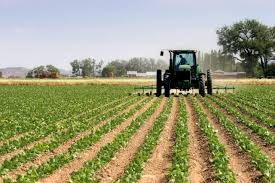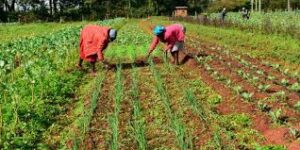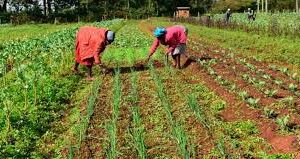Welcome to the Northern Region, where agriculture is more than just a livelihood. It’s a living legacy that weaves together tradition and progress. In this region, every field and farm tells a story of generations past while embracing the promise of the future. Additionally, farming provides livelihoods for a significant portion of the population, shaping social structures and community dynamics.
Join us as we explore the rich agricultural heritage of the Northern Region and learn about the practices that have supported local communities for centuries. Moreover, this article offers an in-depth look at how agriculture is evolving in this dynamic region. This includes traditional methods that have shaped the land to modern advancements that are transforming farming.
Furthermore, we will discuss about the unique livestock and crops that are the foundation of Northern Ghana’s agricultural economy. This includes the cutting-edge methods that contribute to its expansion in the future. Come along with us as we explore the foundation of farming inventions and traditions in Northern Ghana. Moreover, we will take a personal look at the industry’s historic past, present, and promising future.

Agriculture Heritage of the Northern Region
- Traditional Farming Techniques
The Northern Region’s agricultural practices are deeply rooted in tradition. Farmers here use techniques that have been passed down through generations, blending ancient wisdom with practical knowledge. Key traditional methods include:
- Shifting Cultivation: This technique involves clearing forested land for farming and then moving to a new area once soil fertility declines.
- Intercropping: Farmers grow multiple crops in the same field to enhance soil fertility and reduce pest outbreaks.
- Hand Tool Agriculture: Traditional tools such as hoes and machetes are still widely used. These tools are well-suited to the local soil and farming conditions, allowing for precise and efficient cultivation.
- Unique Crops and Livestock Farming
Northern Ghana is renowned for its wide variety of livestock and crops, all of which support the local economy and culinary arts through agriculture. Some of the crops cultivated and livestock reared include:
- Millet and Sorghum: These drought-resistant cereals are staples in the Northern Region. They are used to make a variety of dishes
- Groundnuts (Peanuts): Groundnuts are a key crop, providing essential protein and forming the basis for many local dishes and snacks.
- Shea Trees: The region is famous for its shea trees, which produce nuts used to make shea butter
- Cattle and Goats: Livestock such as cattle and goats play a crucial role in the agricultural system, providing meat, milk, and other products.
- Modern Agricultural Innovations
While tradition plays a vital role, modern innovations are also transforming agriculture in Northern Ghana. These advancements aim to improve productivity and sustainability. These innovations include:
- Improved Seed Varieties: New seed varieties that are more resistant to pests and diseases are helping farmers increase yields and improve food security.
- Irrigation Systems: Modern irrigation techniques, such as drip irrigation, are being introduced to mitigate the challenges of irregular rainfall and improve crop yields.
- Training and Education: Modern irrigation techniques, such as drip irrigation, are being introduced to mitigate the challenges of irregular rainfall and improve crop yields.

Agriculture Heritage
- Future of Agriculture in The Northern Region
Looking ahead, Northern Region’s agriculture industry is expected to experience more expansion and innovation. Moreover, challenges like market access, soil degradation, and climate change are being worked on. The region hopes to increase agricultural sustainability and output by fusing old methods with new ones.
Furthermore, discovering the agricultural legacy of the Northern region provides an intriguing window into a society where modernity and history coexist peacefully. The agricultural methods used in the area represent both a rich past and a bright future.
READ ALSO: Top 5 Must-Try Local Drinks for an Authentic Taste of Tamale









[…] READ ALSO: Exploring the Best Agriculture Heritage of the Northern Region […]